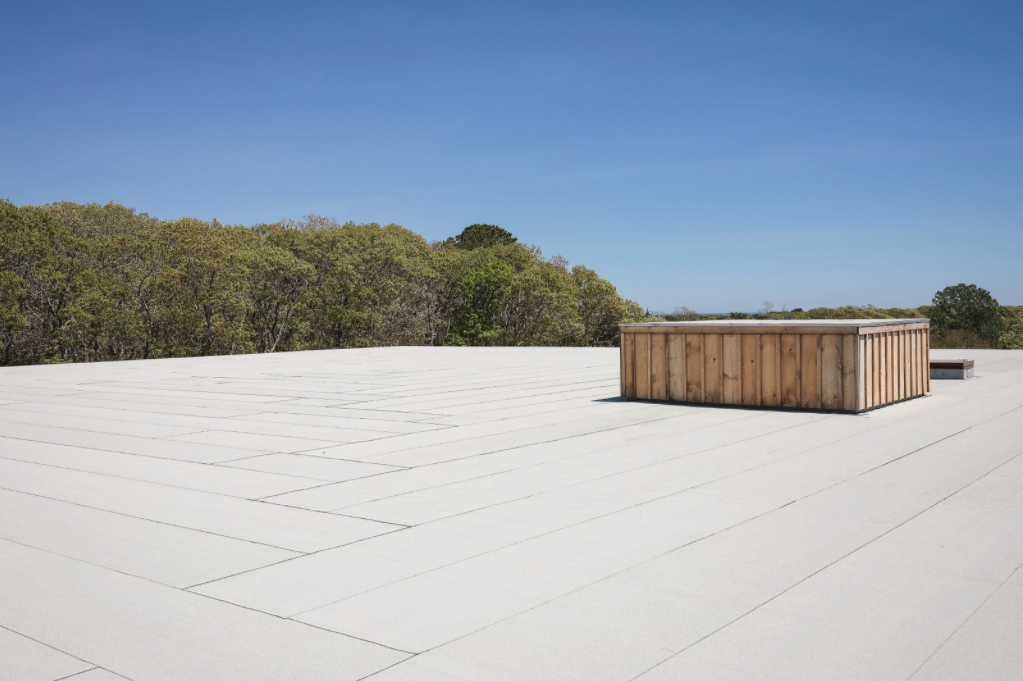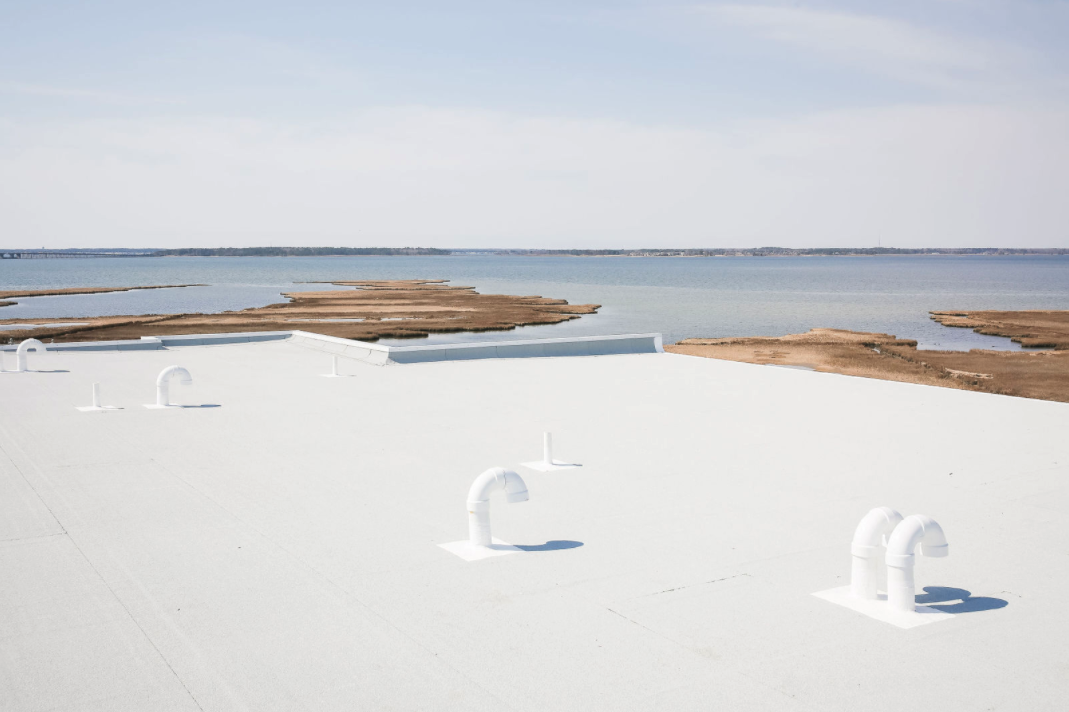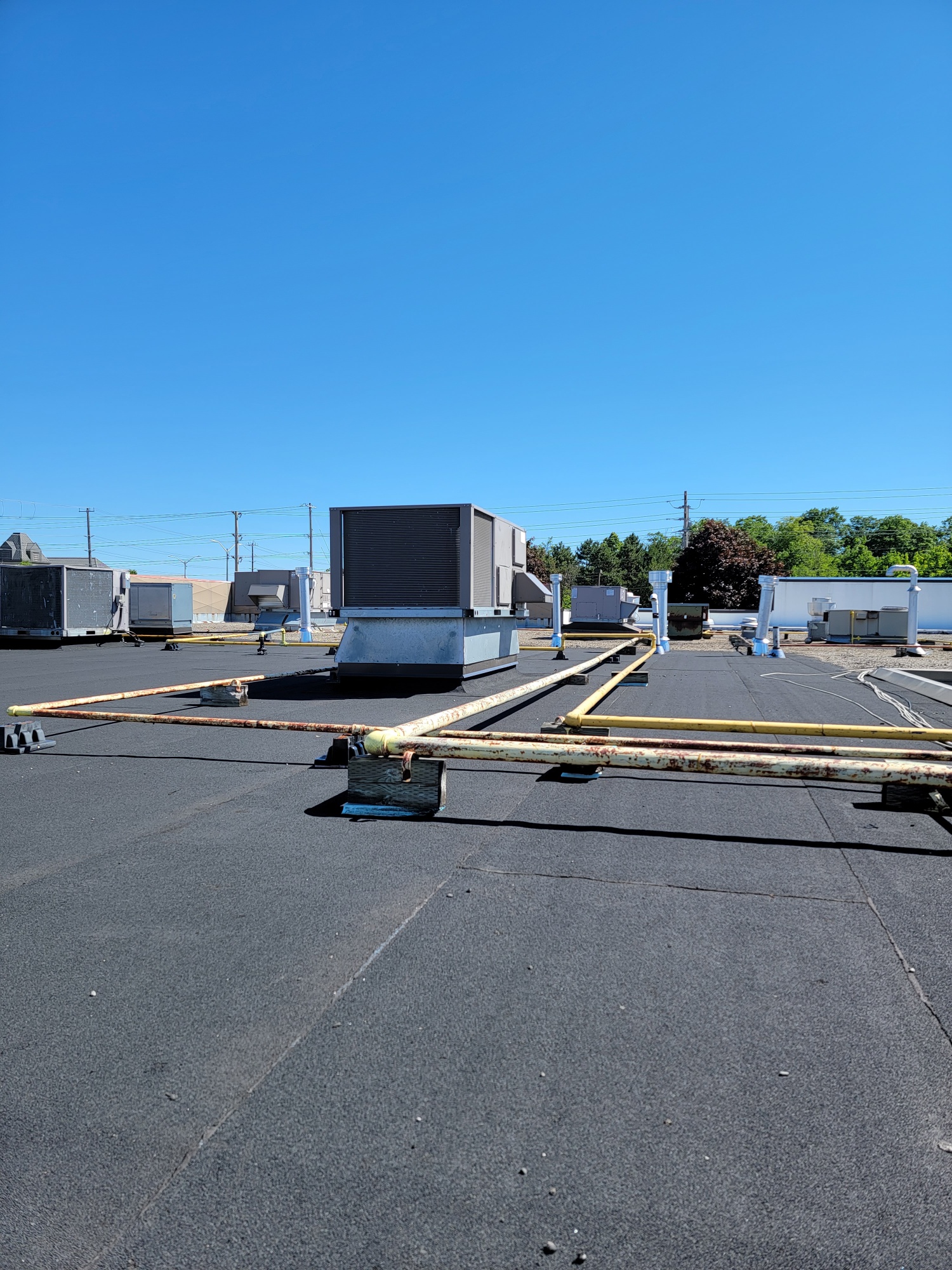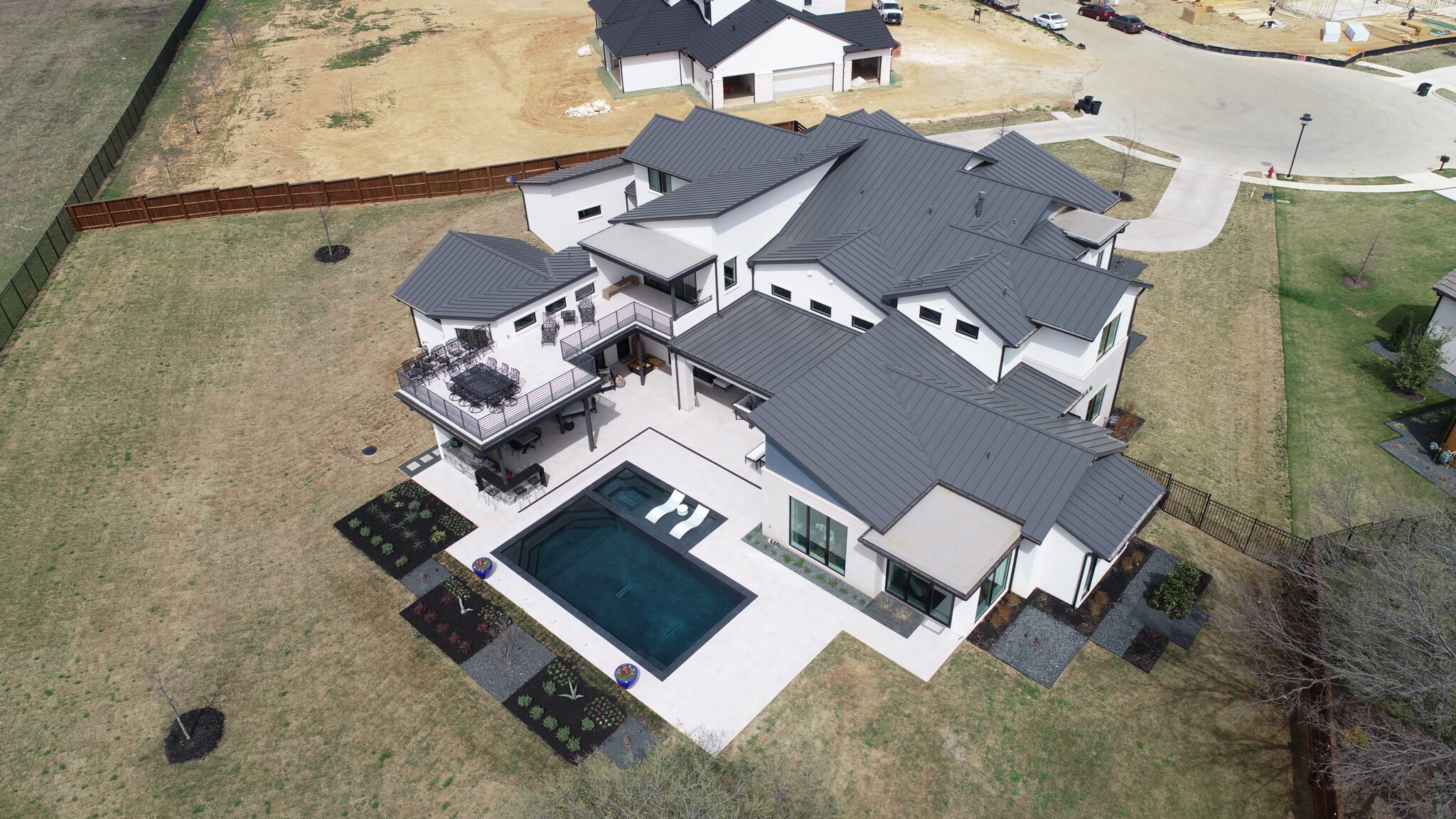When we think about colder weather, oftentimes our thoughts of installing roofing, waterproofing and other exterior building products dwindle away, as cold temperatures make installation of these much more complicated and many materials are not well suited for cold weather environments.
Though this is still true to a degree, many materials related to the building envelope, especially roofing have adapted over the years and many are more suitable and functional in colder weather conditions.
Consideration 1: What is the roofing goal?
When first thinking about designing and installing roofing, be it in warm or cold weather, it is imperative to consider the main goal. Is the goal to be proactive or reactive? Depending on the ultimate goal, this can have a significant impact on the overall approach. Are we performing critically needed repairs to stop leaks (reactive), or are we trying to prevent leaks (proactive)? Next to think, is the work going to be permanent or is it a stop-gap during bad weather only to have more permanent work performed later in more favorable weather.

Martha’s Vineyard Storage Facility
Consideration 2: How does weather impact the workweek?
The next important item to consider, do we have to work around adverse weather during the work period. How well will the work hold up to changing weather or even adverse weather during the process? Executing work is of no value if a surprise rain comes and damages or causes the work to be ineffective. Then to consider what are cold-weather options for materials choices for working around weather, are they easy enough to work in such conditions.
Complete a thorough site review
A good plan will start with knowing what the challenges are, which warrants a good and thorough site review. Are there leaks in the building and if so where and under what conditions? This makes it important to tour the inside and discuss with those in the know as to what problems have been witnessed inside. Then we must transfer those thoughts and location to the roof-top to ensure we corollate the interior issues with the potential roof issues.
Without taking steps to align the two, one can often find themselves “leak guessing” and that is almost always ineffective. Once a visual review of the roof-top is completed, in detail, a decision needs to be made, is testing in order or required. If so, it is always best to start with non-destructive testing such as a moisture scan before elevating to destructive testing methods such as the taking of roof cores.

Triton’s Trumpet Condominiums
Once there is a good and thorough understanding of the circumstances, then often the next logical step is to develop a course of action. It is important to consider what type of roof is there, its age, and general conditions. Too aggressive of an approach to an old and brittle roof can easily create more damage than what is solved in a short time thereafter. The compatibility of materials is often another consideration to be made. In the end, all materials and processes must work together to solve issues and accomplish the ultimate goal and not create more issues.
As you plan the goal, another important issue is how friendly is storage and handling of materials going to be for each circumstance. Can materials and applications, be staged or deployed and likewise removed from the roof and site without delays. Often the consideration must be given to how feasible is the work to be performed in adverse weather or colder than expected temperatures. Can you walk away from the work for a limited time due to weather and come back quickly as things are more favorable.

Lereta Headquarters
What are the best roofing materials and installation options for cold weather work?
Considering all the above, what are the material and installation options for cold weather work. Conventional asphaltic materials become rigid and inflexible in colder weather and rarely are an option in the cold. Many thermoplastics become rigid and handling becomes very challenging in the cold, resulting in poor welds and weak seaming. Thermosets can be an option, but adhesives and tapes are more difficult in cold weather.
Polymer-modified asphaltic membranes are viable candidates in cold weather but not all are equally suited. Atactic-Polypropylene (APP) being more suitable for moderate to mildly colder climates can work provided the temperatures are not too cold.
These membranes torch well and can be effective in temperatures below freezing. Stryene-Butadiene-Styrene (SBS) being a rubberized polymer is even better suited for colder temperatures, and with proper storage and handling, offers increased flexibility and handling, well below freezing.

Stonegate Dental
Application processes typically associated with polymer-modified membrane are traditionally, fully bonded or mopped in hot asphalt, fully bonded in cold adhesives, or heat-fused using traditional torching techniques. Of these, heat-fusing can be the most viable as it provides a means to bond materials together but the residual heat to the existing surface is very advantageous in a long-term repair.
In addition to standard membrane offerings, there are also, specific cold weather formulations, even when considering self-adhesive membranes. Though not normally a consideration, even self-adhesive membranes have come to the forefront in colder weather. Polyglass’ Polar product line is specifically designed and formulated for use in colder than the usual 40F and rising weather associated with self-adhesive membranes.
For those circumstances when more temporary work is planned, the market offers a wide variety of asphalt-based mastics and cement, as well as sealants based on urethane or silicone technologies. Depending on conditions, most often these require the use of reinforcing fabric to limit shrinkage and add strength.

2020 Street of Dreams
In summary, the industry offers many viable options for most weather conditions, cold or hot. It is important to have clear goals, as well as a clear understanding of each project’s challenges, without this, often times the results are not as expected. Clearly know and understand project conditions, and choose the optimum materials and installation techniques best suited for the project and goal. In doing so, favorable results are with any budget, project condition, and level of expertise.
To learn more about product offerings from Polyglass U.S.A. Inc. go to www.polyglass.us or contact our Technical Services Staff at USPolyglassTechnical@polyglass.com .